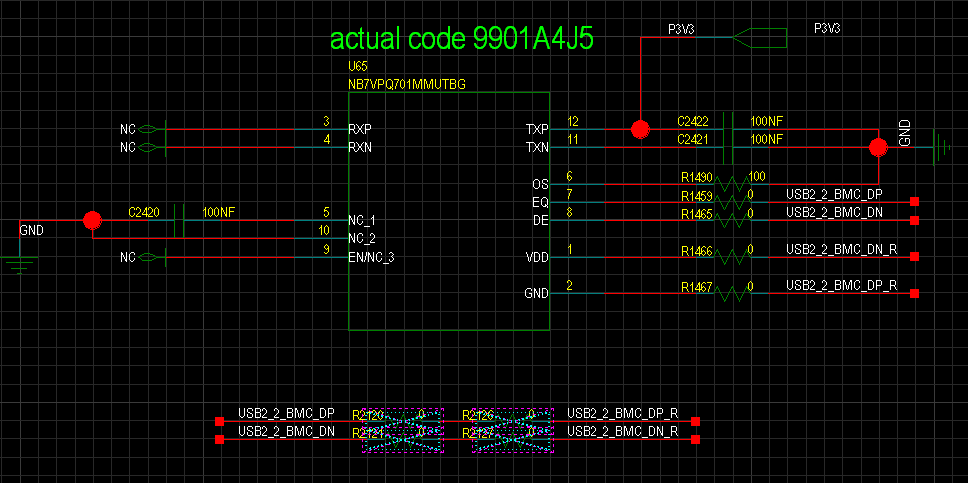Other Parts Discussed in Thread: TUSB216
Hi team,
My customer wants to check whether we need the redriver TUSB211 or not. Coluld you please give some suggestions how to evaluate it?
The link is below.
1.22inch PCB + Cable 610mm + Connector *6
2. 22.4inch + Cable 610mm + Connector *6
If we need the redriver, where is the best option. How about using it at the Switch node side? If the device cannot support, whether we have other suggestions?
Thanks.
|
|
MotherBoard |
Connector |
Cable |
Connector |
Switch node |
Connector |
|
Connector |
Mid-Board |
Connector |
|
CABLE |
|
|
|
USB2.0 |
PCH |
15000mils |
Left ear |
350mm |
LEFT Ear |
75mm=3inch |
1422A07T |
|
10124752 |
4inch |
1414A02N |
|
260mm |
USB2.0 |
|
USB2.0 |
PCH |
18800mils |
Right ear |
300mm |
Right ear |
40mm=1.6inch |
1422A07T |
|
10124752 |
2inch |
1414A02N |
|
260mm |
USB2.0 |
22.4inch + Cable 610mm + Connector *6


